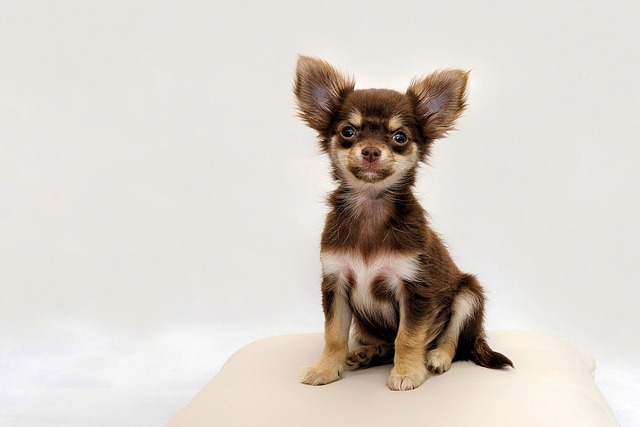
How do i train my dog to be obedient?
Watching your dog dart across the park ignoring your calls isn’t just frustrating—it can put them at risk near busy streets or public spaces.
Bringing home a tiny, 2-month-old ball of fur is pure joy—until you find yourself mopping up puddles and searching for hidden “surprises.” It’s natural to wonder: can these little guys really learn to potty outside this early? The truth might surprise you, but with patience and the right approach, you can set your puppy up for success.
First, understand your puppy’s limitations. At just two months, their bladder and bowel control are still developing. They typically need to relieve themselves every 1-2 hours, even waking you up in the middle of the night. Think of it like caring for a human baby—expect frequent breaks and lots of praise. Many local animal welfare guidelines recommend keeping young puppies close by, so using a playpen indoors that’s easy to clean can be a game-changer while also keeping them safe.
Consistency is key. Establish a strict routine: take your puppy outside immediately after eating, sleeping, or playing. Choose a specific spot and use a consistent command like “go potty.” When they do their business, celebrate with treats and enthusiastic praise. In areas where leash laws apply from an early age, invest in a lightweight, comfortable harness to ensure safe outings while training. Remember, every puppy is different—some might catch on quickly, while others need more time.
 Avoid punishment at all costs. Scolding or rubbing a puppy’s nose in an accident can create fear and anxiety, making training harder. Instead, focus on positive reinforcement. If you catch them in the act, calmly pick them up and take them outside. And don’t forget about crate training—it’s not just a tool for confinement. A properly sized crate can act as a “den,” a safe space where puppies are less likely to soil because they instinctively avoid soiling their resting area. Just make sure the crate complies with local pet housing regulations regarding size and ventilation.
Avoid punishment at all costs. Scolding or rubbing a puppy’s nose in an accident can create fear and anxiety, making training harder. Instead, focus on positive reinforcement. If you catch them in the act, calmly pick them up and take them outside. And don’t forget about crate training—it’s not just a tool for confinement. A properly sized crate can act as a “den,” a safe space where puppies are less likely to soil because they instinctively avoid soiling their resting area. Just make sure the crate complies with local pet housing regulations regarding size and ventilation.
Indoor accidents are inevitable, but how you clean them matters. Use enzymatic cleaners designed for pet messes to completely eliminate odors. Regularly launder any bedding or mats they use to discourage repeat “marking.” In multi-pet households, be extra vigilant, as older pets might inadvertently teach bad habits. Many pet stores now offer training pads designed for young puppies, which can be a helpful bridge between indoor and outdoor training, especially during extreme weather.
While full potty training might take months, starting early builds a strong foundation. By following local animal care guidelines, respecting your puppy’s developmental pace, and showering them with love and patience, you’ll create a harmonious home environment. Remember, those tiny paws are still learning the ropes—every small victory is a step closer to a clean, happy household.

Watching your dog dart across the park ignoring your calls isn’t just frustrating—it can put them at risk near busy streets or public spaces.

New puppy owners often find themselves rushing to clean up accidents before they set in, and that’s where puppy pad training becomes a game-changer.

If you've noticed your dog's waistline disappearing and your veterinarian has mentioned those few extra pounds, your first instinct might be to simply reduce the amount of food in their bowl.

Training a dog to use a designated spot indoors isn’t as daunting as many new owners fear, but it does take consistency and an understanding of your pet’s needs.

That moment of dread on a walk is all too familiar for many new dog owners. You see another dog approaching down the sidewalk of your neighborhood

If the sight of another dog on your neighborhood walk makes your heart sink as your own dog erupts into a frenzy of barking and lunging, you're not alone.